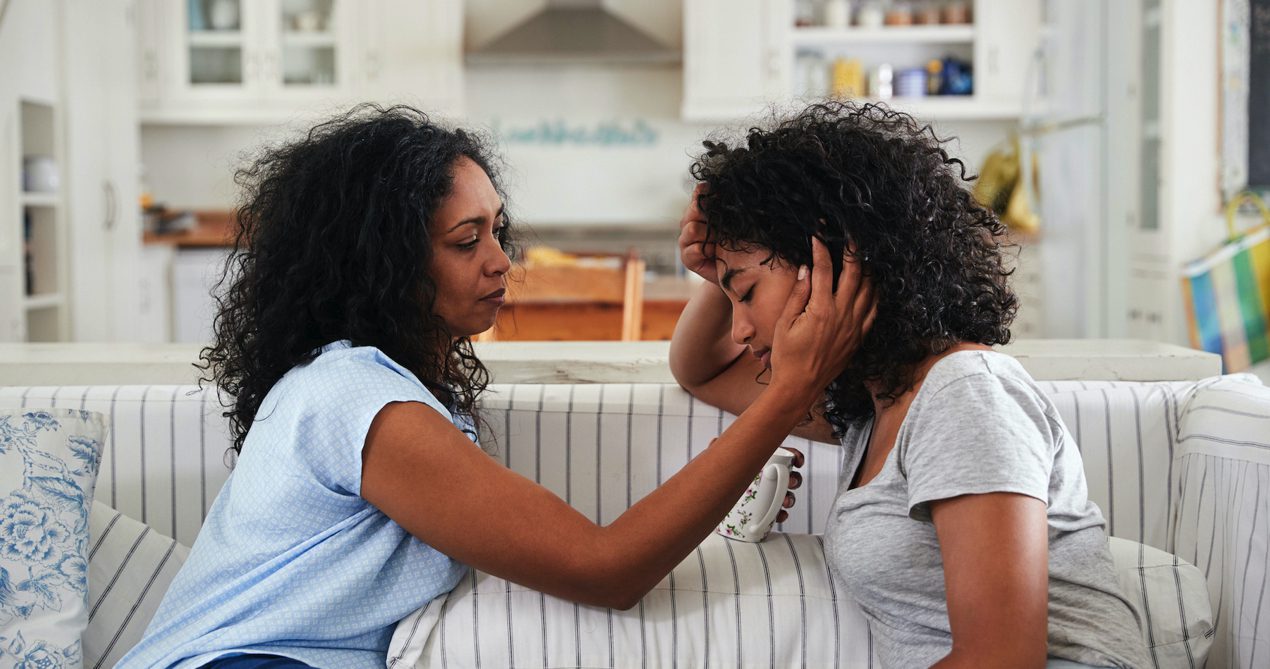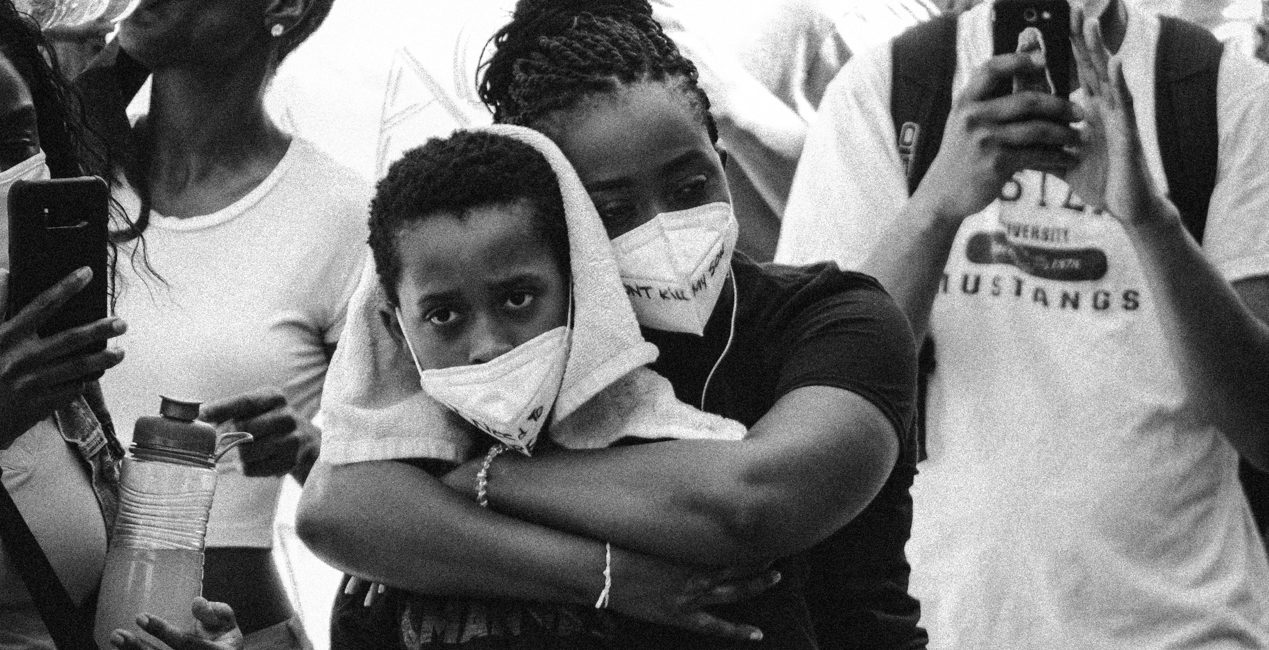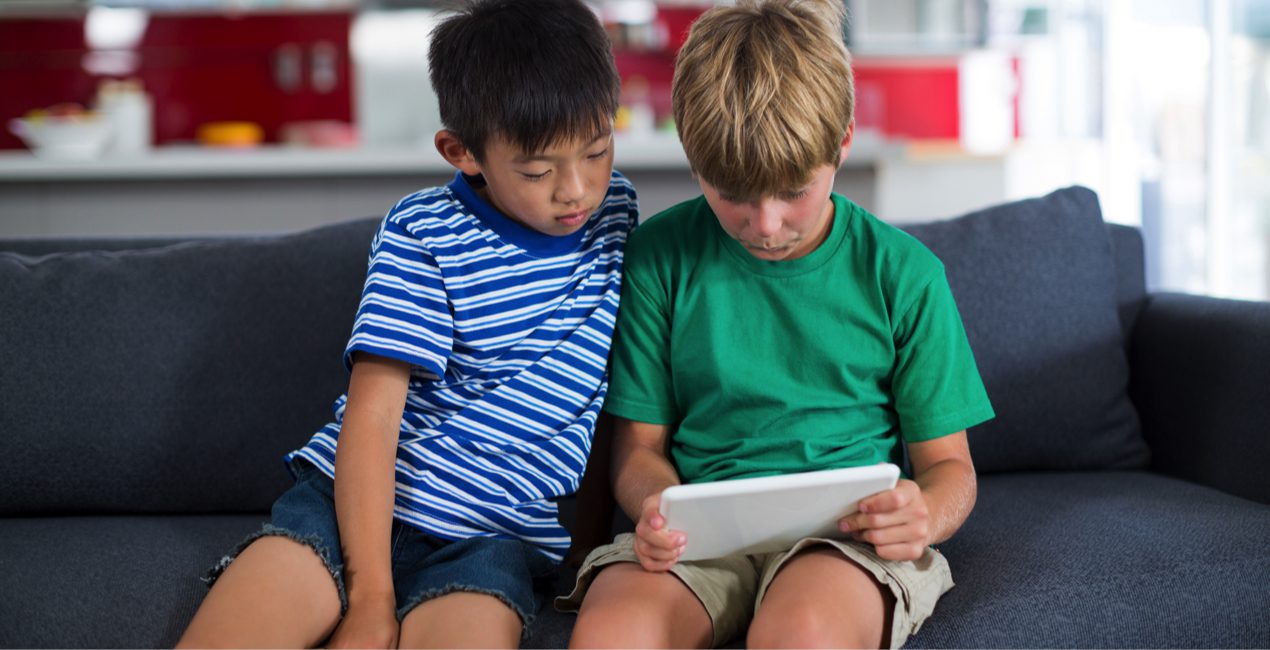Support Kids and Teens Following the Riot In Our Nation’s Capitol

Posted in: Grade School, Hot Topics, Parenting Concerns, Teenagers, Young Adults
Topics: Hot Topics
The images of chaos and violence in our nation’s Capitol that many children and teens have been seeing in the media have been disturbing and scary. What’s the impact on our kids? How can we as parents and caregivers help them feel secure in the wake of not just a domestic terrorist act, but one unprecedented in our nation’s history?
First, it is essential to support them and not just sweep an event like this under the rug. They will know that something happened. They will have questions and may react with fear. And we don’t know if there will be any more events like this.
Address the event and concerns about it developmentally, based on their age. Preschool, school age kids, and teens all require somewhat different approaches.
But kids of all ages want to know three things:
- Am I safe?
- Are you the people caring for me safe?
- How will this affect my daily life?
Below are tips for talking with kids of all ages, followed by considerations based on specific age.
Talking to Kids of All Ages
1. Create a Safe Space to Talk. It’s really important that your child, whatever their age, feel they can say whatever they are thinking and feeling, and that you are open to listening. For younger kids, be open to all of their questions. For older kids, be open to their points of view and validate that their thoughts and feelings are real and true for them. Be aware of your tendency to judge or criticize.
2. Listen! Teens, especially, want to be heard and understood. They will have a number of questions and reactions, and wide range of emotions based on what they’ve seen in the news paired with their own life experiences. Emotions may range from sadness and disappointment, to anger, resentment, and outrage. The last thing they want is a lecture, so you need to let them talk, process, and if need be, vent. They need you to let them know that their feelings are normal, and that you have them as well.
3. Control Your Own Anxiety. We are all worried and disturbed about the attack on the Capitol in Washington, D.C. But when emotion and anxiety run high, any ability to control behavior through reason gets lost. Try to control your own emotional reactions, and help others to control theirs. Anxiety can be contagious, and your kids won’t feel reassured if your anxiety is not contained. Especially for teens, be mindful that nonverbal communication can either encourage the dialogue with your child – which is the goal – or discourage and shut it completely down. So if you do feel anxious or upset, be honest about it if your child or teen asks. But use whatever means you can to stay calm.
4. Talk About Our Right to Non-Violent Assembly and Free Speech. Regardless of the issue, in America, everyone has the right to express their opinion in a way that does not incite actions that would harm others, and to assemble non-violently. For school-age kids and teens, draw comparisons to their own lives. Maybe they have voiced their opinion about bedtime, schoolwork, or all sorts of rules. They may have personally attended marches or demonstrations on issues that matter to them. These rights are an important part of finding ways to peacefully talk about and work to resolve national issues related our elections, racism, climate change, and just about anything you like.
What we witnessed in the U.S. Capitol was intrusive, violent, and destructive. There was clear and present danger, including violent, physical harm caused to others. Non-violence means being peaceful in words and in our actions. Again, draw comparisons to your child’s life. In school, in sporting events, and in our communities, everyone needs to keep the peace. Many young people have seen kids calling others bad names, or fighting at sporting events or out on the play yard. Violence does not help to resolve conflict. It is not OK to call others terrible names – like bad names referring to racial and ethnic groups – and it is not OK to attack others. Ever.
5. Explain That Group Emotion Is Contagious. Many videos and images from the riot were scary because of the chaos we saw – people running around, climbing walls, smashing windows. Help your child to make sense of what they’ve seen or heard about by explaining what can happen, emotionally, when you are part of a group. Emotions of all kinds can be amplified by the power of numbers, by being part of a group. And it can quickly get out of control. Relate this to being in the audience at a concert or sports game – the excitement of everyone around can build your own. Equally, the anger felt by many at Capitol Hill was stirred up even more by being in the crowd.
6. Talk About the Power of Words and Social Media. When leaders use strong language, orders, or powerful directives, especially sent through digital media, there is a huge impact on vast numbers of people, very quickly, and this can be dangerous. Relate this to how a single kid or group of kids can cause so much damage to another child and their friends through bullying and cyberbullying. This is what happened in Washington, D.C., as social media spread spoken words to inflame the crowd and increase the risks of escalating rage. Good leaders aim to use calm, non-violent words to keep crowds under control, and maintain law and order. Kids who may be using social media should be reminded to think about how their use of words and images could affect their friends and peers.
7. Ask Where They Get Their Information. Given the numerous platforms through which information is passed along – social media, TV, the internet, or from other relatives, friends, parents of friends – ask your child what they have heard and from what source. If on digital media, you could even ask them to show you, so you could make this the basis of a conversation. They need your input to better understand what is real news, opinion, or deliberate misinformation.
Talking to Kids at Different Developmental Levels
Preschoolers
- Preschool kids are unable to take in many of the points raised above. They are more responsive to your emotional state. Focus on that.
- Ask if they know about what happened yesterday and provide simple reassurance that you will be sure they are safe.
- If they are worried about their house being stormed, assure them that this does not happen to houses like ours, but only to big buildings like the Capital. And not to places like your school, either.
- They may need some TLC, like sleeping in your room, extra cuddling, and a bit more of your time if they are acting anxious.
- Turn off the media! These images and stories are likely to continue for days. It is too much information that is scary and hard to understand for kids this age. And they may think that the event is continuing to happen if media is kept on. Also, be aware that your conversations with older siblings, partners, and family member will be overheard.
School Age Kids
- School age kids have a bit more advanced notion of the dangers of group violence and can understand the basics of the general points raised above.
- Ask if they have any questions about the event. Start with general, open-ended questions like:
- Do you know what happened in Washington?
- What is your reaction?
- Do you have any questions about the event?
- Why do you think this happened?
We can only provide sound reassurance if we know what they know, and what they are afraid of.
- School age kids are concrete thinkers and process things in black and white, all or nothing terms. So, letting them know that events like yesterday are rare, and we have more police and good guys to control things, many more than the bad guys – in fact, now that we have seen what happened we will be better prepared if it happens again.
- School age kids react to trauma through play. Don’t be surprised if they play police controlling a crowd out of control or similar play, over and over. It does not increase their anxiety, but actually reduces it.
- Keep the door open for more and frequent conversations, as this event will have consequences for a while and new questions or repeated ones will be raised.
- Turn off the media. School age kids can be overloaded with too much information.
Teenagers and Young Adults
- Teens and young adults are able to understand much more. Developmentally their newfound abstract reasoning allows them to appreciate concepts such as justice, insurrection, mob mentality, and more.
- Given their advanced ability to process information, and the fact that most, if not all, will have seen the images, heard the story on their smart phones or computers, they should be able to have more nuanced and complex conversations about the event. Again, start by asking what they know, what they believe, how they heard about the events, and what they think about it. Let them start and find out their mindset. Use open-ended questions. And let them ask you questions. Be honest about your opinions.
- Validate their feelings and concerns. Teens want to know that their impressions and emotional reactions are OK, and that you understand them.
- Allow your conversations to become more complex to get them thinking. For example, ask if they saw the #MeToo, Parkland, or Black Lives Matter demonstrations. What were the differences between them and this one? Ask more complex questions, such as: “Do you think the police treated these demonstrators differently than the BLM ones?” “Do you have ideas about how this violent invasion of our Capital could be better controlled? What do you think we can do to prevent this from happening again?” You might even talk about non-violent demonstrations such as those led by Martin Luther King, Gandhi, and others, who they may look upon as role models.
- Teens are very much aware of the power of social media. Ask about the role of digital media in aiding and abetting violence. Ask how social media could be better used. Ask about how it hurts them and their friends in their own life.
- Help them understand the complexities of what they are hearing in the news. For example, has the President and other national leaders been spreading lies – lies that result in violent action? If so, how do you or their followers know what is truth and what is fake news? We want our kids (and we as adults) to become more media literate. And this is the time and place to start.
Our children’s eyes are now wide open. They have questions. They care about the future. And it is our job to help them become the leaders of society in the future. Our conversations with them now, starting at early ages, can help them become more mindful, resilient, and wise.


 Share
Share Tweet
Tweet






